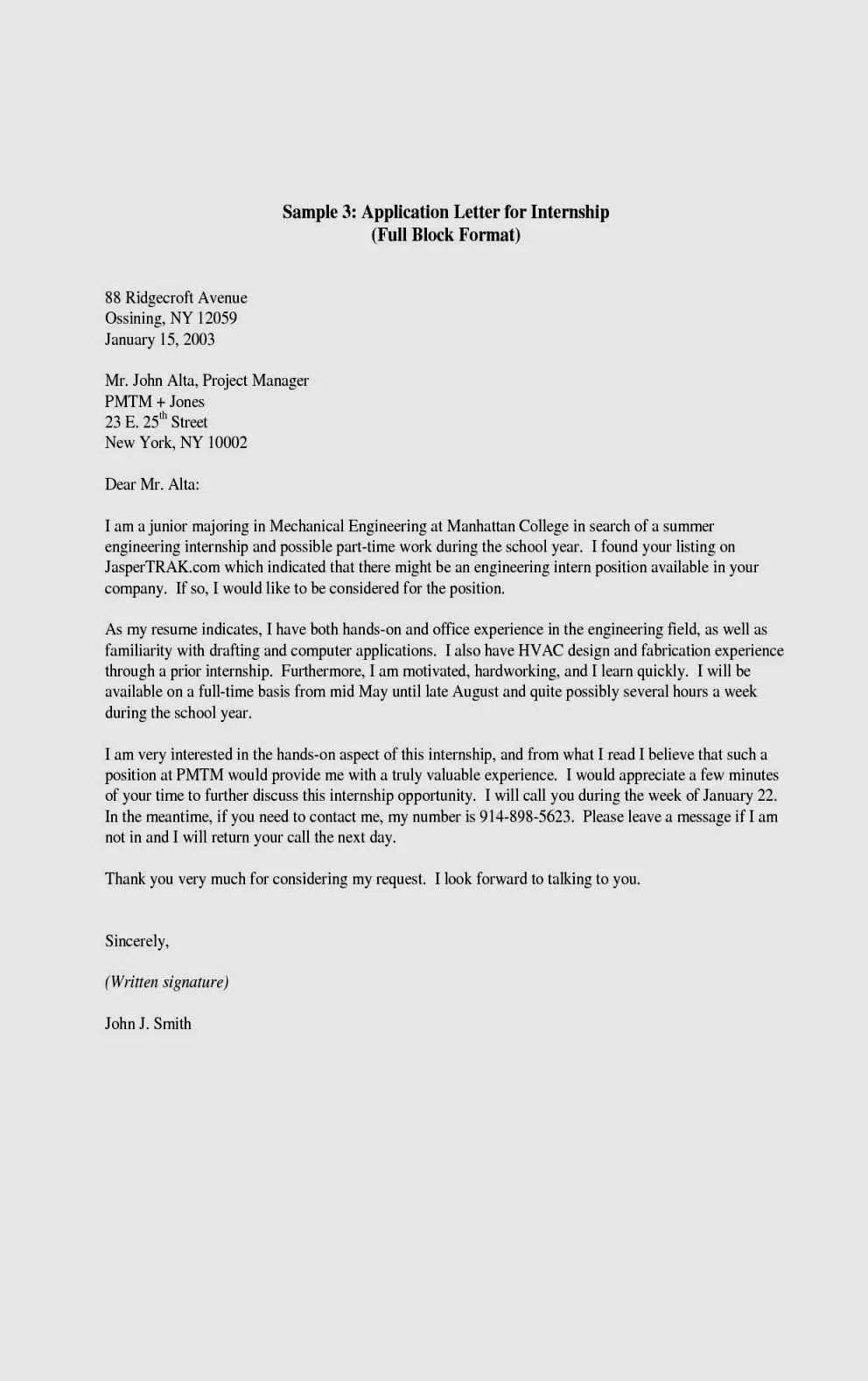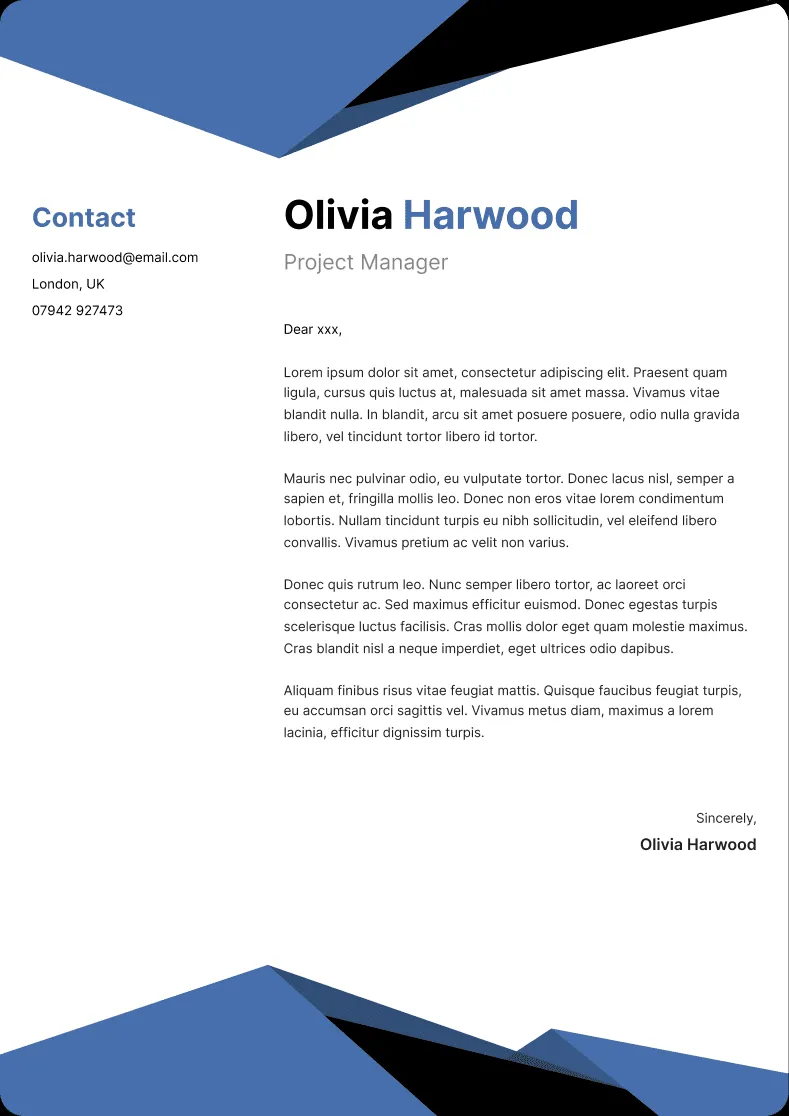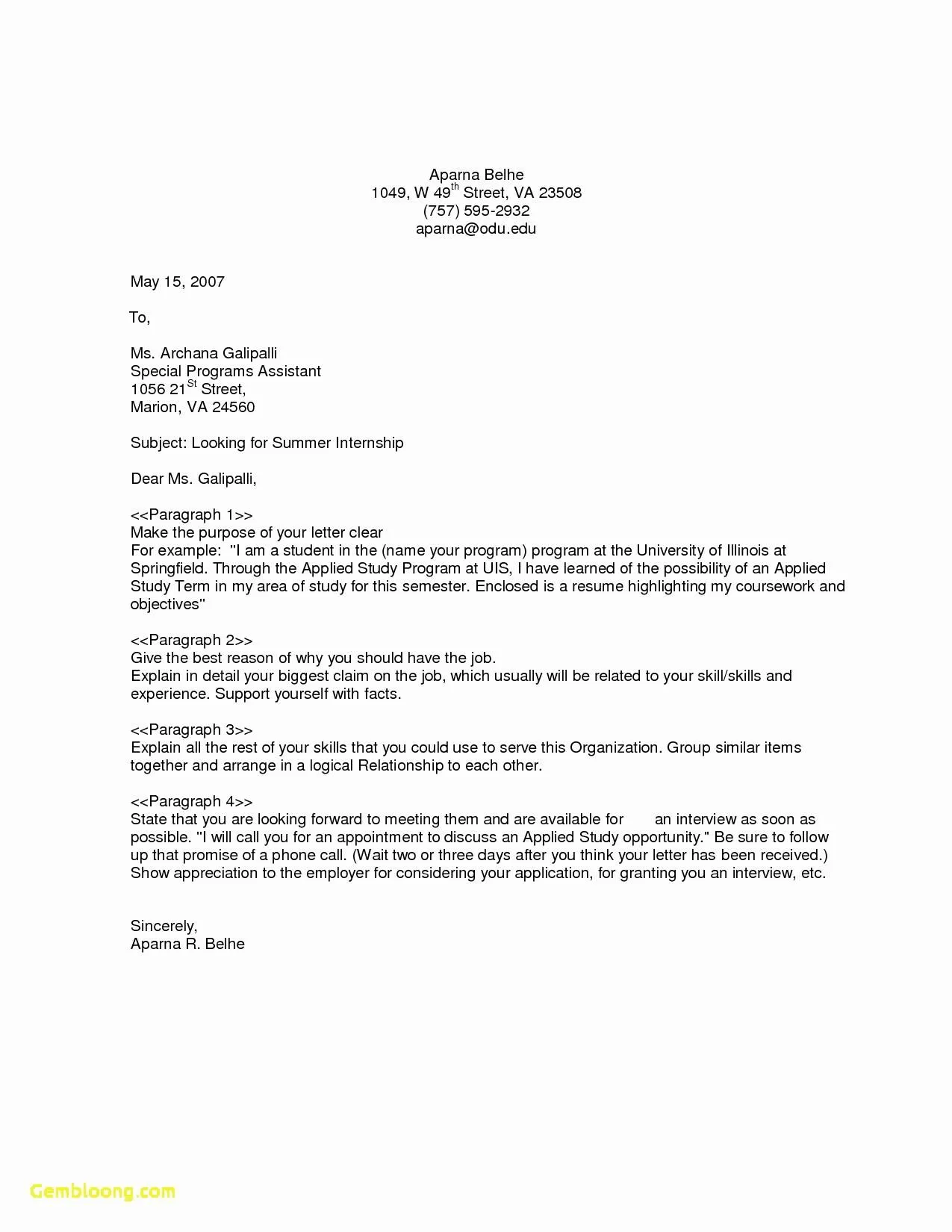Why Cover Letters Still Matter
In a world saturated with online applications and automated systems, it’s easy to question the relevance of a cover letter. However, the truth is, a well-crafted cover letter remains a vital tool in your job-seeking arsenal. It’s your chance to go beyond the bullet points of your resume and tell a compelling story. A cover letter allows you to connect with the hiring manager on a more personal level, showcasing your personality, enthusiasm, and specific skills that align with the job requirements. Think of it as your first impression, setting the tone for your application and highlighting why you are the perfect fit for the role. Failing to include a cover letter, or submitting a generic one, can signal a lack of effort and interest. So, while resumes provide the facts, cover letters give you the opportunity to sell yourself and your unique value proposition. By addressing a cover letter, you are directly demonstrating your initiative, attention to detail, and your genuine interest in the company and the position.
Cover Letter Essentials
Creating a winning cover letter requires careful attention to the fundamental elements. First, always address the hiring manager by name, if possible. This shows that you have taken the time to research and personalize your application. Start with a strong opening paragraph that immediately grabs the reader’s attention. Clearly state the position you are applying for and briefly explain why you are a good match. The body of the letter should highlight your relevant skills, experiences, and accomplishments, providing specific examples to support your claims. Remember to tailor your letter to each job application, demonstrating that you understand the company’s needs and how you can contribute. Close with a confident and enthusiastic call to action, reiterating your interest in the position and expressing your eagerness for an interview. Keep the tone professional and engaging, and always proofread meticulously to ensure there are no grammatical errors or typos. A well-structured and thoughtfully written cover letter can significantly increase your chances of landing an interview.
Highlighting Your Key Skills

One of the most important functions of a cover letter is to showcase your relevant skills. Identify the key skills mentioned in the job description and make sure to highlight them in your letter. Instead of simply listing your skills, provide concrete examples of how you’ve utilized them to achieve positive outcomes in previous roles. For instance, if the job requires strong communication skills, describe a time when you successfully managed a difficult client situation or led a presentation to a large audience. If problem-solving is a key requirement, outline a situation where you identified a problem, implemented a solution, and the positive impact it had. Quantify your achievements whenever possible. Use numbers to show your accomplishments, for example, ‘Increased sales by 15%’ or ‘Reduced customer complaints by 20%’. This provides tangible evidence of your abilities and makes your claims more compelling. By emphasizing your skills and backing them up with real-world examples, you create a convincing case for why you are a strong candidate.
Showcasing Your Achievements
Your cover letter is a great opportunity to highlight your most impressive achievements. Think beyond your job duties and focus on specific accomplishments that demonstrate your value. Use the STAR method (Situation, Task, Action, Result) to structure your examples, clearly explaining the context, your role, the actions you took, and the results you achieved. For example, instead of saying ‘Managed social media accounts,’ you could write ‘Increased social media engagement by 40% in six months by implementing a new content strategy and posting schedule’. When showcasing achievements, emphasize the impact you made on previous companies or projects. What did you contribute? How did you improve efficiency, increase revenue, or solve problems? The more specific and quantifiable your achievements are, the more compelling your letter will be. Keep it concise and relevant, selecting the achievements that best align with the requirements of the job you are applying for. Remember, your goal is to impress the hiring manager and persuade them that you are a top performer who can deliver results.
Tailoring Your Cover Letter
Generic cover letters are easily spotted and often end up in the rejection pile. The key to success lies in tailoring your cover letter to each specific job application. Thoroughly read the job description and identify the key requirements, skills, and values the company is looking for. Then, customize your letter to directly address these aspects. Use the language and keywords from the job description to demonstrate that you understand what the employer is seeking. Provide examples of how your skills and experiences align with their needs. Research the company and learn about their mission, values, and recent projects. Show that you are genuinely interested in the company and the role by mentioning specific aspects that resonate with you. Refer to the company’s website, social media, or recent news articles to gain insights and incorporate relevant information into your letter. By demonstrating that you have taken the time to understand the company and the role, you make a strong impression and increase your chances of standing out from the competition.
Researching the Company and Role

Before you start writing your cover letter, invest some time in researching the company and the specific role you are applying for. This will not only help you tailor your letter effectively but also demonstrate your genuine interest in the opportunity. Visit the company’s website and explore their ‘About Us’ section to learn about their mission, values, and culture. Read recent news articles, press releases, and social media posts to get an idea of their current projects, initiatives, and industry standing. Research the hiring manager or team you would be working with, if possible, to personalize your letter further. Understand the role’s responsibilities, required skills, and what the company hopes to achieve through this position. Use this research to identify key information and incorporate it into your cover letter. For example, you might mention a recent company achievement or align your skills with their strategic goals. This proactive approach shows that you are serious about the opportunity and have taken the initiative to learn about the organization.
Formatting and Tone
The formatting and tone of your cover letter play a significant role in making a positive impression. Keep the formatting clean, professional, and easy to read. Use a standard font like Arial or Times New Roman and maintain consistent font sizes throughout. Use single spacing and add a blank line between paragraphs to create visual breaks. Ensure your letter is properly aligned, with a clear heading that includes your contact information, the date, and the recipient’s details. The tone should be professional, enthusiastic, and respectful. Avoid overly casual language, slang, or jargon. Be confident and assertive, but not arrogant. Show your personality, but maintain a professional demeanor. Start your letter with a strong opening statement that immediately grabs the reader’s attention and clearly states the position you are applying for. Use action verbs and positive language to describe your skills and achievements. Make sure your letter is well-organized, with clear paragraphs and logical flow. A well-formatted and tonally appropriate cover letter demonstrates professionalism and enhances your credibility.
Professional and Concise Language
Using professional and concise language is essential for crafting an effective cover letter. Avoid using jargon, clichés, or overly complex sentence structures. Keep your sentences clear, direct, and to the point. Use strong action verbs to describe your accomplishments and responsibilities. For example, instead of saying ‘I was responsible for,’ use verbs like ‘Managed,’ ‘Led,’ ‘Developed,’ or ‘Implemented.’ Avoid passive voice and aim for an active and engaging writing style. Focus on what you have achieved and the value you can bring to the company. Keep your letter concise and within one page. Respect the hiring manager’s time by avoiding unnecessary details. Every word should contribute to your message and demonstrate your suitability for the role. Proofread your letter carefully to eliminate any grammatical errors or typos. A polished and well-written cover letter reflects your attention to detail and professionalism, making a positive impression on the hiring manager.
Proofreading and Editing

Proofreading and editing your cover letter is a crucial step that should never be skipped. Before submitting your letter, carefully review it for any grammatical errors, typos, spelling mistakes, or inconsistencies. Even a small mistake can detract from your credibility and undermine your chances of getting an interview. Read your letter aloud to catch any awkward phrasing or unclear sentences. Use a grammar checker to identify potential errors. Consider asking a friend, family member, or career counselor to review your letter and provide feedback. Fresh eyes can often spot mistakes that you might have missed. Pay attention to details like proper punctuation, capitalization, and formatting. Ensure that your contact information is accurate and up-to-date. Take your time and proofread your letter multiple times. A well-proofread cover letter demonstrates your attention to detail and professionalism, showing the hiring manager that you care about presenting your best self.
Finalizing Your Cover Letter
Once you’ve written, revised, and proofread your cover letter, it’s time to finalize it. Before submitting, make sure that you’ve tailored the letter to the specific job description and company. Review the job posting one last time to ensure that you have addressed all the key requirements and highlighted your relevant skills and experiences. Check the formatting to ensure it is consistent and professional. Save your cover letter as a PDF file to preserve the formatting and ensure that it opens correctly on any device. Double-check the recipient’s name and contact information. Make sure the company’s name and the job title are accurate. Review your resume one last time to confirm that the information in your cover letter aligns with the information in your resume. After you have reviewed everything, and you are confident that the cover letter is perfect, you are ready to submit. Sending a polished, well-tailored cover letter is a powerful step in your job search, and it sets you apart from other candidates.
In summary, a winning cover letter is a powerful tool that can significantly increase your chances of landing your dream job. It allows you to tell your story, showcase your skills, and demonstrate your genuine interest in the opportunity. Remember to address a cover letter, tailor it to each job, highlight your achievements, and proofread meticulously. By following these secrets, you will be well on your way to crafting a cover letter that gets you noticed and helps you succeed in your job search.
